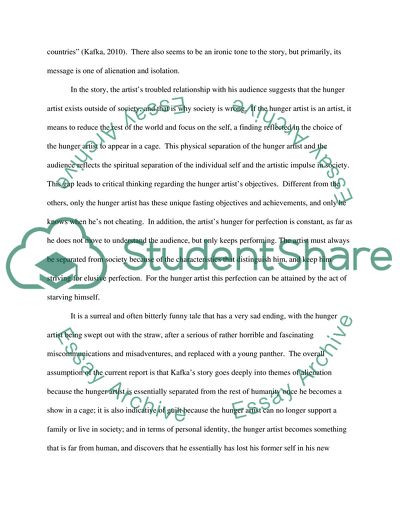Cite this document
(A Literary Analysis of The Hunger Artist by Kafka Literature review, n.d.)
A Literary Analysis of The Hunger Artist by Kafka Literature review. Retrieved from https://studentshare.org/literature/1745479-a-literary-analysis-of-the-hunger-artist-by-kafka
A Literary Analysis of The Hunger Artist by Kafka Literature review. Retrieved from https://studentshare.org/literature/1745479-a-literary-analysis-of-the-hunger-artist-by-kafka
(A Literary Analysis of The Hunger Artist by Kafka Literature Review)
A Literary Analysis of The Hunger Artist by Kafka Literature Review. https://studentshare.org/literature/1745479-a-literary-analysis-of-the-hunger-artist-by-kafka.
A Literary Analysis of The Hunger Artist by Kafka Literature Review. https://studentshare.org/literature/1745479-a-literary-analysis-of-the-hunger-artist-by-kafka.
“A Literary Analysis of The Hunger Artist by Kafka Literature Review”, n.d. https://studentshare.org/literature/1745479-a-literary-analysis-of-the-hunger-artist-by-kafka.


